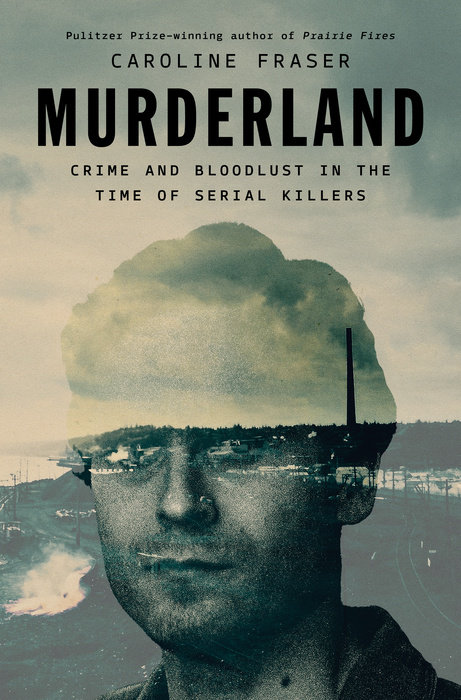In recent years, individuals in the grip of murderous impulses have tended to express themselves in a single, frenzied act – school shooting, church massacre, vehicular ramming – that inevitably culminates in their own arrest or death. But for a period beginning in the 1960s and ending around the turn of this century, the preferred form of the homicidally inclined was the drawn-out danse macabre of serial murder. This was especially true in America’s Pacific Northwest, where an astonishingly large number of serial killers, from Ted Bundy to Israel Keyes, from the Green River Killer to the Shoe Fetish Slayer, from the Werewolf Butcher of Spokane to the Beast of British Columbia, grew up or operated. Most of them were notably vicious in their methods, even by the high standards of the fraternity.
Why there? Why then? Caroline Fraser, who grew up both there (on Mercer Island, just outside Seattle) and then, and has been probing at her country’s soft spots ever since (including in her Pulitzer-winning book about Laura Ingalls Wilder, Prairie Fires), is well placed to address these questions. She came of age around the time when Bundy was regularly driving his victims down the I-90 highway across Mercer Island, just a few hundred yards from her house, to his killing grounds in Issaquah. Everyone at her high school claimed to know someone who almost went out with him, and he wasn’t the only violent misogynist at large on the island. There was her former classmate John Stickney, a bomb enthusiast who blew himself up while stalking his ex-girlfriend. There was her near neighbour, George Waterfield Russell Jr, aka the Eastside Killer, who was apprenticing as a prowler and peeping Tom during the same period, before killing and mutilating three young women in 1990. Fraser has a personal stake, in other words, in solving the conundrum.
She has a solution, too: a remarkably simple one on the face of it, namely the spew of lead fumes and other toxic emissions that billowed unchecked across the region during those decades. It may sound reductive, but among the many wonders of this sometimes flawed book is how richly its single-mindedness illuminates its subject, and how forcefully it makes the case that the subject merits serious consideration. Though I’m partial to crime stories, I’ve never found serial killers especially interesting or even entirely believable. They do exist, I realise, with all their florid quirks and signatures, but they’ve become such a staple of schlocky TV that I can’t quite separate them in my mind from the purely imaginary monsters dreamed up to fill the demand for embodied evil. I’m squeamish too, and I found parts of Murderland difficult to read. But the book’s impressively varied perspectives, which shift between geology, history, politics, literature and neurology, give these poisoned, poisonous figures an unexpected breadth of implication.
